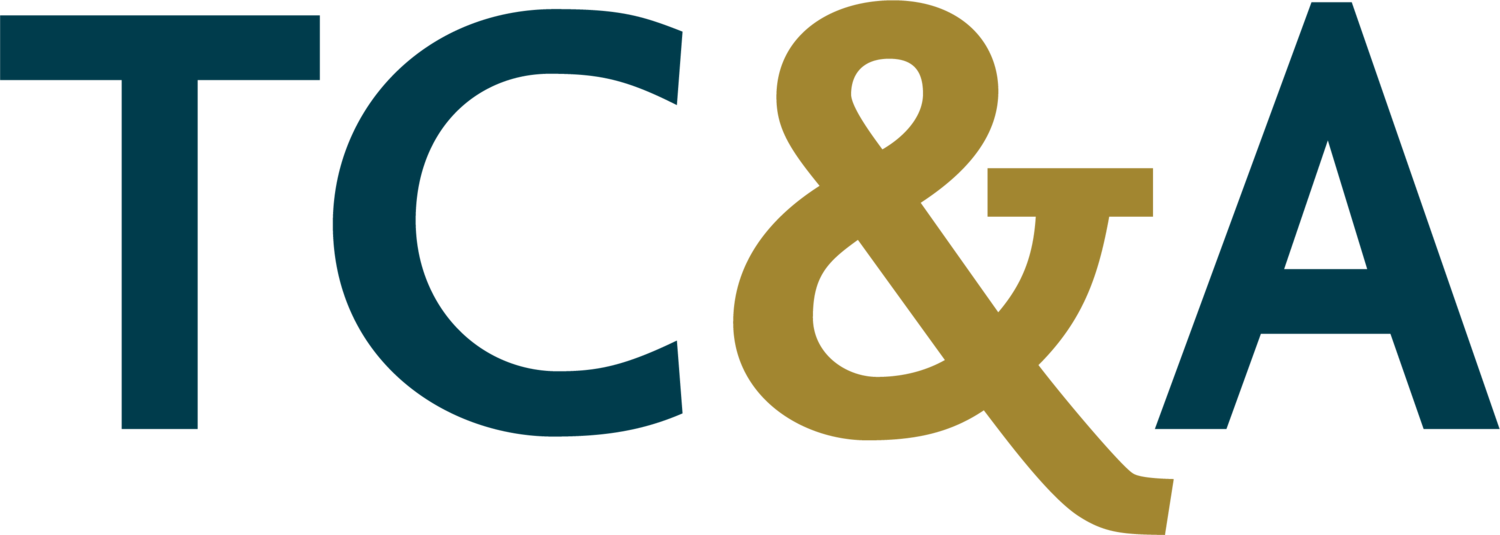This question often comes to mind when our team is preparing for a conversation that may need further alignment, in order to move a decision, a process or even, a challenge towards a better outcome.
When…
“Everything in work and life relies on our good and healthy communication.”
We Utilize Our:
There is no doubt that communication is the KEY to the lives we are able to create with others and the work we are able to do with others, along with our ability to build strong and sustainable relationships in the present and for our futures.
As we reflect back on our newsletters for March and April, we approached the subject of communication by identifying:
Where we are aligned with others for a common agreement
How we process information with others as we gather information with facts, data and details, along with keeping the BIG picture in mind
How we utilize our skills in decision making with logic, reasoning and asking good clarifying questions, along with understanding our need to consider how our decisions impact others (this addresses how we feel about a decision)
All of the above supports a process for good and healthy communication. And, leads us towards a better outcome when communicating with others. YES, it is worth it to use our COMMUNICATION MODEL and process.
This month, we turn our attention to the final two stages of communication:
How we organize our thoughts
And how we stay engaged when communicating with others
You may wonder, “Why do I need to be ‘organized’ in my thoughts when communicating with others?” We hear you and we lead with this question,
“What is the outcome we want for our communication?”
When we desire a good and healthy outcome in our communication, we are willing to prepare our thoughts for communicating well. We are willing to stay focused on the problem to be solved, issue or challenge at hand, rather than feel pressure to engage in tangents or conversation that will not support a good and healthy outcome. We are willing to value our own responsibility in communicating and be appropriately agyle throughout the dialogue as it moves through the process of greater understanding.
Ultimately, we are able to choose to stay engaged throughout the dialogue, in order to experience the goal, the project completed, the challenge that is solved and the outcome that is desirable for both or all parties.
In the end…our communication may “feel effortless.” Yet, it is skilled communication when we lead to find alignment, process information together, make decisions together, organize our thoughts together, in order to stay in alignment and to stay engaged with one another.
Recently, I had a conversation with a client who found himself “NOT” in alignment with someone who was very important to him and who had become a friend. As he communicated his challenge, we walked through the communication model. Here is what he realized…
He realized he was not in alignment with himself, so he could not find alignment with his friend. He knew he needed to find alignment inwardly with himself through meditation BEFORE he could find alignment with his friend. His starting place was to re-engage with himself and then, his friend, in order to find alignment (agreement).
He realized that he and his friend processed information very differently from one another. He was going to be more mindful to use the statement, “Tell me more…” so he could have a better understanding where his friend was coming from with the information he needed and the information that his friend was able to share.
He became more aware that their decision making styles were very different. At this point, he knew that he would need to be less accommodating and ask more clarifying questions, in order to stay in alignment with his friend. He wanted a good and healthy decision making process and realized his tendencies to ‘give in’ would not be best for the bigger picture – they both needed to stay in agreement, in order to move forward.
As he prepared for the conversation, he was self-aware to know and understand his desire for structure and order in communicating. Here, he was willing to engage in the dialogue with more flexibility and agility to respond with kindness and greater understanding. Also, his approach provided an opportunity to organize and move their agreed upon decision forward.
Lastly, he began with the end in mind. He wanted the conversation to go well and he desired the best of outcomes for both he and his friend. He was determined to stay engaged and not allow his emotions to get the best of him (he even had a plan for his emotions…when he inwardly felt them triggered). The engagement for both he and his friend was well worth all of his internal work, in order to experience an external and positive outcome.
Our Team is here for you and we know communication is a practice and a process, especially when the stakes are high, when opinions vary and emotions are strong. We encourage you to ask yourself,
“Is It Worth It And Can I Do It?”
And Remember:
“Everything in work and life relies on our good and healthy communication.”
We always want the best for you,
TC&A TEAM


